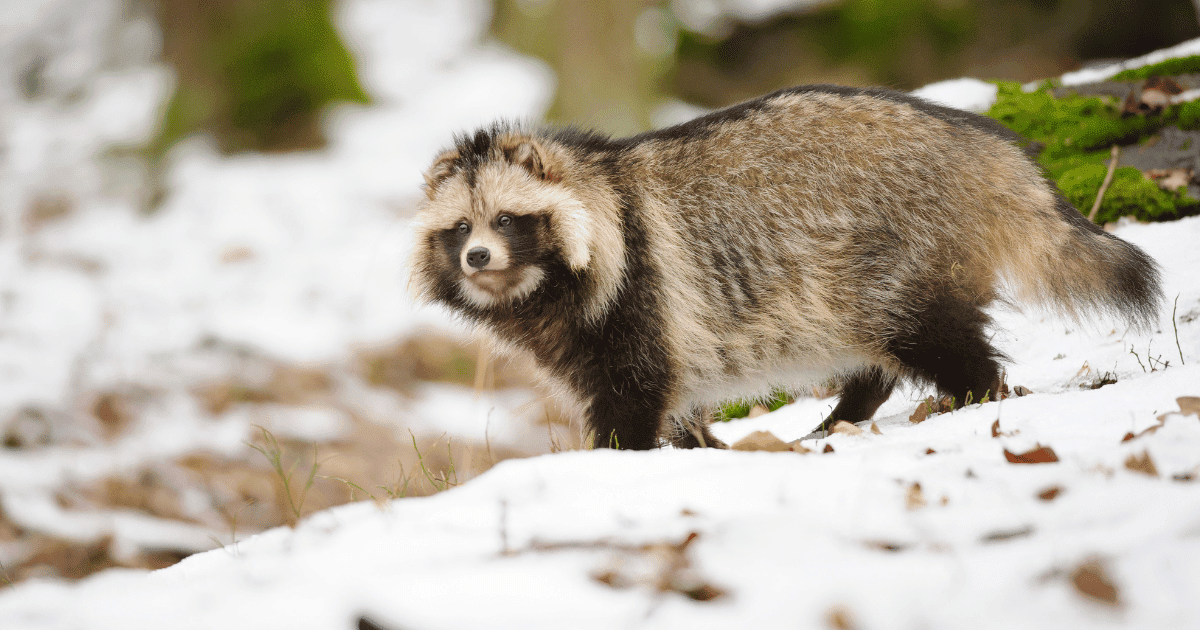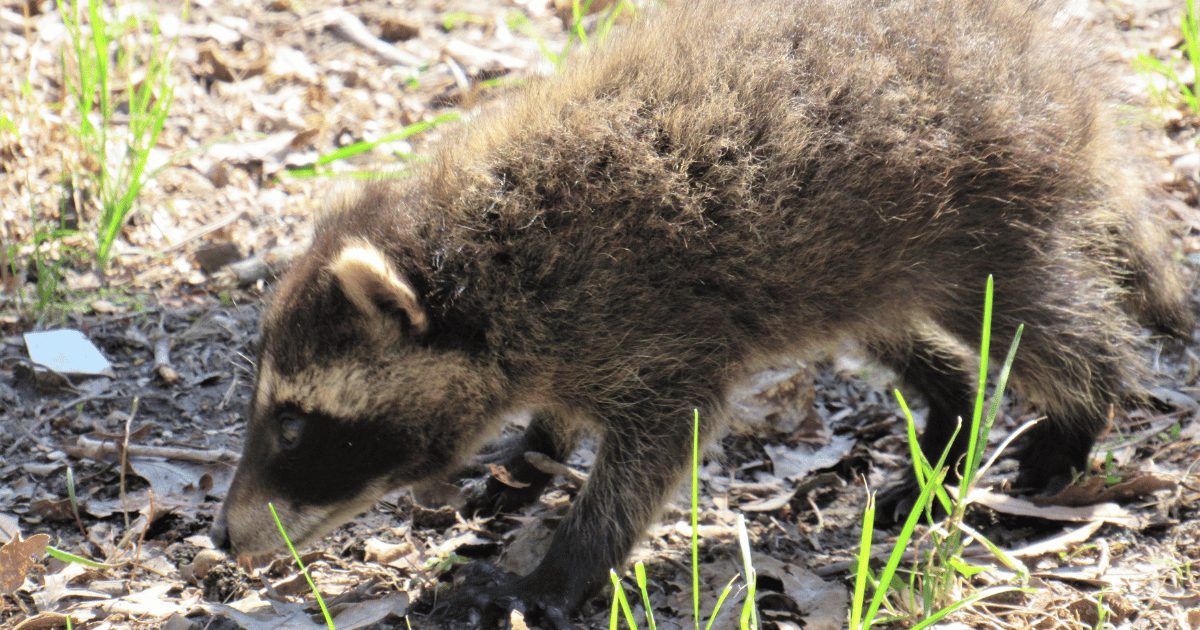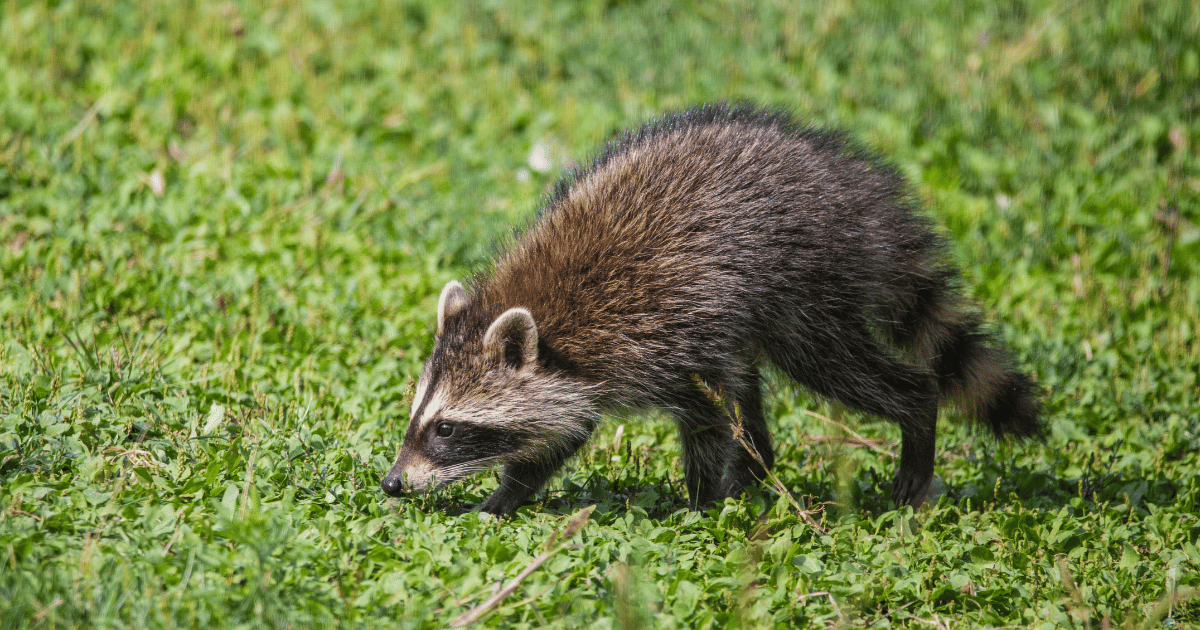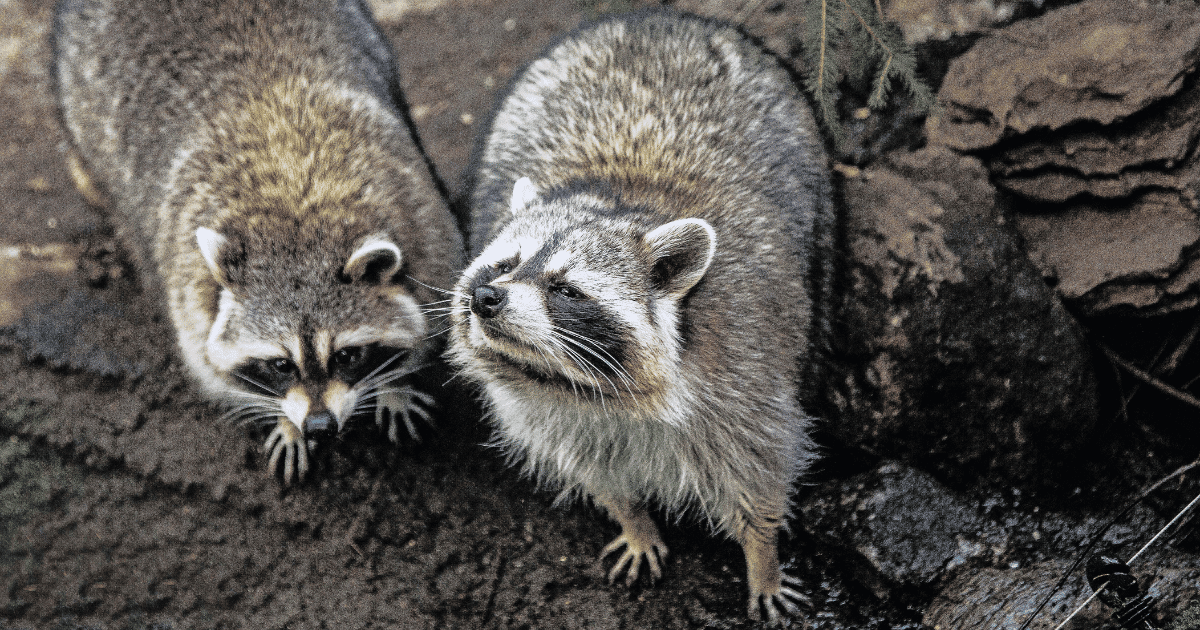Discover how far can a raccoon smell? in this insightful article. Raccoons have an excellent feel for odors, detecting scents as much as numerous hundred meters, relying on environmental elements. Learn about their olfactory abilities, conduct, and interactions with people in urban and herbal environments.
Introduction

When we think about raccoons, snapshots of clever, nocturnal creatures rummaging via our trash cans regularly come to mind. But there’s plenty more to these charming animals, in particular concerning their exquisite feel of smell. Understanding how some distance a raccoon can scent no longer only sheds light on their survival tactics but also helps us appreciate the complexity of those often misunderstood mammals. In this complete exploration, we delve into the arena of raccoons, unraveling the mysteries of their olfactory capabilities and how those impact their behavior and interaction with the arena around them.
Overview of the Raccoon’s Sense of Smell
Raccoons are famous for their extraordinary sensory abilities, particularly their acute sense of scent. But how some distance can a raccoon scent? To solve this, it is essential to recognize that raccoons have a mainly developed olfactory system superior to many other mammals. This allows them to encounter food, danger, and even buddies from an extensive distance. Compared to domestic puppies, regularly celebrated for their sense of odor, raccoons hold their own, using this experience to navigate their often complicated and varied environments. Whether sniffing out a meal in dense woodland or detecting capacity threats, a raccoon’s sense of smell is critical for survival and everyday activities.
Raccoon Smelling Distance: A Comparative Study
| Animal | Estimated Smelling Distance | Notes |
|---|---|---|
| Raccoon | Up to several hundred meters | Highly dependent on environmental factors |
| Dog | 1-2 kilometers | Known for their exceptional sense of smell |
| Cat | 50-100 meters | Less reliant on smell compared to dogs or raccoons |
| Human | 10-20 meters | Significantly less developed sense of smell |
The Anatomy of a Raccoon’s Nose
A raccoon’s nose is a wonder of nature, intricately designed to guide its sophisticated scent feel. This phase might detail the particular anatomical functions of a raccoon’s nasal structure, including the number of fragrance receptors and the makeup in their hollow space, contributing to their olfactory prowess. For instance, the nasal turbinates, complex structures within the nasal passage, are covered in a mucous membrane that captures fragrance particles.
This machine lets in raccoons to system and interpret a widespread array of smells in their environment. Understanding the anatomy of a raccoon’s nose is fundamental to comprehending how they could hit upon scents from good-sized distances, making them effective foragers and survivors in diverse habitats.
Factors Affecting a Raccoon’s Smelling Distance

Several factors play an important role in determining how a raccoon can scent. Firstly, environmental conditions, together with wind path and humidity, can substantially have an impact on scent dispersion. For instance, a mild breeze can further deliver scents, enhancing a raccoon’s capability to hit upon them from afar. Conversely, heavy rain possibly suppresses scents, making it extra hard for raccoons to sing them. Additionally, the age and health of a raccoon can impact its smelling ability.
Younger raccoons, with extra acute senses, could discover odors from more distances than older ones. Similarly, a raccoon’s inaccurate health will likely have a better feel of scent than one that is not. Understanding those elements allows us to respect the variability and complexity of a raccoon’s experience of smell.
Understanding Raccoon Behavior thru Smell
The olfactory experience of a raccoon isn’t just about survival; it profoundly impacts their conduct. Raccoons use smell to locate food resources, often centralizing them to human habitats where they can discover clean food in rubbish bins. Their keen experience of smell is also pivotal in mating season; adult males can touch a girl’s fragrance in heat from a considerable distance. Furthermore, mom raccoons use odor to become aware of their younger ones and ensure their safety.
In the wild, the ability to scent water bodies and food like fruits, nuts, and smaller animals is critical to survival. This intricate courting among their sense of odor and behavioral patterns showcases the adaptability and intelligence of raccoons, further highlighting their splendid vicinity inside the animal kingdom.
Human Interaction and Raccoon Smell
Human-raccoon interactions are substantially prompted by the aid of the raccoon’s odor experience. Urbanization has brought these creatures toward human habitats, wherein they frequently depend on their olfactory capabilities to navigate and forage. Raccoons are drawn to the sturdy scents of food waste in garbage packing containers and compost piles. This appeal regularly leads them to residential areas, inflicting the not-unusual human-flora and fauna conflicts we see in city settings.
On the other hand, the know-how of their reliance on scent can assist people in broadening waste management techniques and using sealed boxes or composting techniques that reduce scent emissions. Educating the general public about minimizing heady scent attractions can play a pivotal role in peacefully coexisting with those intelligent creatures.
Scientific Research on Raccoon Olfaction
The field of wildlife biology has paid sizable interest to the olfactory abilities of raccoons. Various research has centered on how those animals use their sense of smell to interact with their environment. Research has shown that raccoons depend closely on their olfactory senses for foraging, specifically in densely forested areas where visual cues are constrained. Experiments related to scent trails and meal rewards have demonstrated their capacity to keep in mind and revisit locations with excessive food availability based on smell.
These findings could be more compelling and captivating; however, they are also vital in wildlife conservation efforts, helping scientists expand strategies to manipulate raccoon populations, particularly in areas where they may be considered pests or their habitats are threatened.
Enhancing Raccoon Habitats with Scent Considerations
When considering the conservation and control of raccoon populations, their olfactory needs should be a concern. Here are some key factors:
- Natural Food Sources: Ensuring a habitat rich in herbal food resources enables raccoons to use their sense of odor in a more excellent traditional searching and foraging context.
- Scent Markers: Understanding the role of fragrance markers in raccoon territories can assist in habitat design, particularly in rehabilitation or conservation areas.
- Reducing Human Scents: Minimizing human heady scent interference in herbal habitats is vital for the everyday olfactory functioning of raccoons.
- Habitat Design: Incorporating elements that inspire heady scent-based total exploration can improve raccoon dwelling environments, especially in captive or semi-captive settings.
These concerns are crucial for developing environments that support raccoons’ natural behaviors and well-being, respecting their innate olfactory competencies.
Raccoons in Urban Environments: The Role of Smell

Raccoons have tailored remarkably to urban environments, and a key to this edition is their use of odor. In cities in which natural meal resources are scarce, raccoons rely on their olfactory senses to discover meals in much less than best circumstances. Trash cans, pet food left outdoors, and gardens end up goals for these opportunistic feeders. Understanding this, metropolis planners and flora and fauna managers increasingly specialize in odor control techniques, such as secure trash receptacles and public focus campaigns about leaving meals out. This method, now more complex, allows for lessened human-raccoon conflicts; however, it also encourages raccoons to depend more on their herbal foraging behaviors, in the end contributing to a healthier coexistence among humans and wildlife in city settings.
Protecting Your Property Against Raccoon Intrusion
Homeowners frequently are searching for effective methods to discourage raccoons, and expertise in the function of scent in raccoon behavior is fundamental. Here are some realistic pointers:
- Secure Trash Bins: Use containers with locking lids to prevent raccoons from smelling and having access to waste.
- Remove Food Sources: Keep puppy food indoors and smooth up fallen fruits or nuts in your backyard.
- Use Natural Deterrents: Certain smells, like peppermint or cayenne pepper, can deter raccoons without harming them.
- Regular Cleaning: Keep your outdoor areas clean, particularly grills and dining spaces, to decrease meal smells.
- Professional Help: For continual problems, consider consulting flora and fauna control professionals who apprehend raccoon conduct.
Implementing those strategies can drastically reduce the chance of raccoons invading your house, ensuring a harmonious relationship with those curious associates.
Conclusion:
In the end, the query how far can a raccoon smell? opens up a charming window into the arena of those adaptable creatures. Their terrific olfactory skills are a cornerstone in their survival and conduct, specifically in the ever-changing landscapes they inhabit, from dense forests to city jungles. By expertise and respecting those skills, we can increase techniques for coexisting with raccoons, each dealing with human-flora and fauna conflicts and conservation efforts.
This exploration no longer best complements our information on raccoons; however, also deepens our appreciation for the complex methods wherein distinctive species engage with their surroundings.
FAQs
Q: How a long way can a raccoon odor?
A: Depending on environmental conditions, raccoons can odor food and different heady scent markers from several hundred meters away.
Q: Do raccoons use their feel of odor to discover food?
A: Yes, raccoons heavily rely on their sense of odor to find food, specifically in city regions.
Q: Can converting the way we manage waste reduce raccoon intrusions?
A: Absolutely. Properly securing trash boxes and decreasing food odors can make an extensive difference in raccoon conduct.
Q: Are there humane ways to deter raccoons from using their experience of scent?
A: Herbal deterrents like peppermint or cayenne pepper can correctly repel raccoons without harming them.
Hello! I’m Javed, a versatile content writer specialized in various niches, with a particular passion for home and garden topics. My expertise extends beyond writing—I’m also skilled in SEO and WordPress development, boasting over four years of experience in these areas.

Your article helped me a lot, is there any more related content? Thanks!